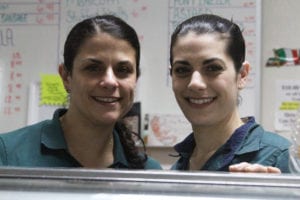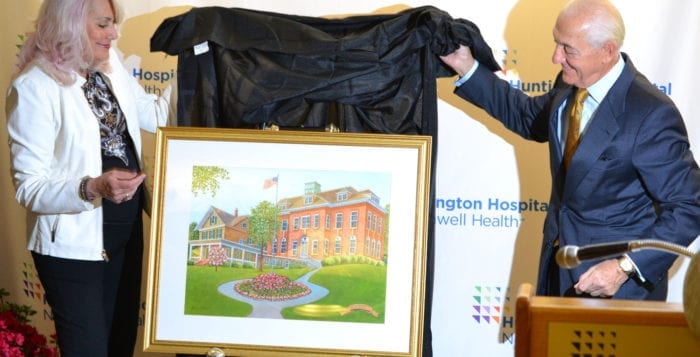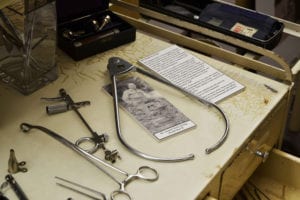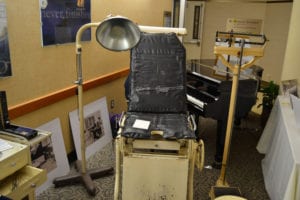By Ellen Barcel
Recently on the television I heard a newscaster announce that the 17-year cicadas are due to emerge. Sounds ominous, doesn’t it? What effect will this have? Will they damage your plants? Well, not really.

First of all, there are 15 different broods of the 17-year periodic cicadas. They live in the ground for 17 years, each brood emerging during a different year. Brood V is due out this year, Brood VI in 2017, Brood VII in 2018, etc. That means that there is a brood emerging almost every year, but not in the same place. This year’s brood, Brood V, is emerging mainly in Ohio and West Virginia with a small pocket of them on eastern Long Island, around the Wildwood State Park area.
Interestingly, the only place that these 17-year locusts (as they are sometimes known) are found is in the eastern United Sates, nowhere else in the world.
Cicadas live most of their lives, 17 years generally, underground feeding on the roots of plants. Then come spring, usually May, they dig their way to the surface, shed their skin and look for a mate. The males have a high-pitched whine that attracts the females. About a week to 10 days later the females lay lots of eggs. About six to seven weeks later the eggs hatch, the nymphs fall to the ground where they burrow into the soil and feed on plant roots, waiting for 17 years before emerging briefly to mate.
In general, the emerged cicadas don’t do a lot of damage to plants, so there really isn’t a problem, just a lot of noise and a bunch of dead insects when they die off. Mature cicadas are about an inch and a half long, so between the noise and the size you really notice them, that and the strange life cycle. Most of Long Island is home to Brood 10 which is due to emerge in 2021.
A really cool website, Cicada Mania (www.cicadamania.com) has detailed information about not only the 17-year locusts but the 13-year ones as well. Penn State Extension (https://extension.psu.edu) also has detailed scientific information, noting that the 17-year cicadas can do damage to fruit trees, causing slits in the bark when the female lays eggs and taking nutrients away from the fruit trees when the nymphs feed on the roots. If you have weak trees, they could suffer some damage. But, cicadas do not chew on leaves the way other insects do.
Personally, I would be more concerned about aphids on roses and slugs attacking my hostas. Tent caterpillars are sometimes in the area, but, while unsightly, unless the same tree is attacked year after year, the tree usually survives quite nicely. Remember, keep your plants healthy and that keeping the balance in nature is very effective in controlling most pests. Birds in the garden, for example, eat a lot of insects. Praying mantises, while large and scary looking, eat lots of insects as well.
The rule of thumb is that unless more than 10 percent of a plant is affected, you can probably leave the pest alone. Don’t freak out if your hosta leaves have a few small holes in them, but do keep checking to make sure the situation doesn’t get out of control. If it does, use the least offensive way of controlling it. Only if the milder controls don’t work, then use the heavy-duty ones, chemicals. This is known as integrated pest management. For slugs, I find that just hand picking them off the plants at night works quite nicely.
Ellen Barcel is a freelance writer and master gardener. Send your gardening questions to [email protected]. To reach Cornell Cooperative Extension and its Master Gardener program, call 631-727-7850.























